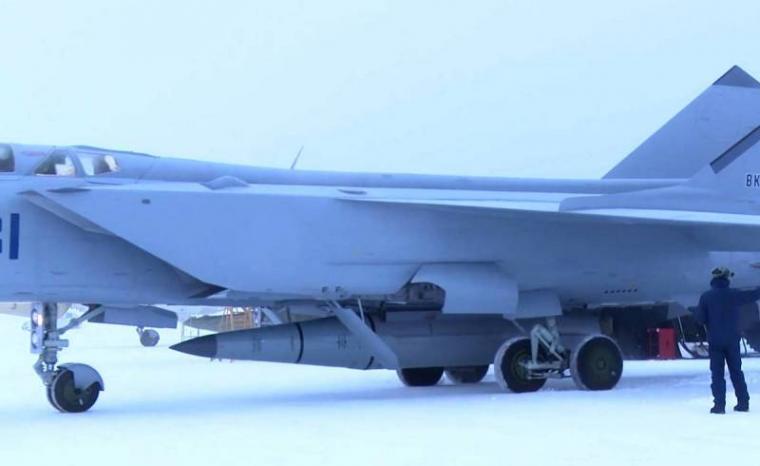Ukraine is experiencing the consequences of today's missile attack by the Russian Air Force. It is already known that Russian cruise missiles hit targets in several regions of the country at the same time. In particular, the Novoodesskaya 330 and Usatovo 330 substations were hit. It is reported that, at the moment, both of these facilities cannot receive electricity.
The operation was facilitated by the night attack of the Geran-2 drones, which helped identify Ukrainian air defense positions.
A new missile attack launched by Russia wreaked havoc, hitting the southern districts of Kiev and energy infrastructure facilities near Odesa.

Kyiv Mayor Vitali Klitschko said a building was hit in the southwestern Holosiivskyi district on the west bank of the Dnipr, killing one person and injuring two. Several more explosions occurred in the Dnipro region.
15 of the missiles fired at the Ukrainian capital were shot down, according to Serhiy Popko, head of the Kyiv City Military Administration.
Near Odessa, many energy infrastructure facilities were hit and damaged.
"Energy workers have already started repair work, but it will take some time to repair the damage," said Maksym Marchenko, governor of the Odesa region. “At this time, enemy planes are still in the air and the air alert continues. I ask the residents of the area to remain in shelters until the shelling ends," he said.
At least six Russian Tu-95 bombers were reported to have taken off from the Murmansk region in northwestern Russia and fired about 55 different missiles, according to Ukrainian Air Force spokesman Yuriy Ikhnat.
"Russia launched 55 different missiles, of which 47 cruise missiles were shot down during the large-scale missile attack in Ukraine," it said.
High precision missiles
According to Air Force Command data, Russian forces used high-precision air and sea-based missiles:
- X-47 Kinzhal hypersonic missiles fired by two MiG-31Ks (from Russian territory).
- X-101/X-555 cruise missiles launched by six Tu-95MS strategic bombers flying over the Caspian Sea.
- Kalibr cruise missiles launched from surface ships and submarines that had taken up positions in the Black Sea.

Generally, Russian forces launched 55 air and sea missiles (up to 2 Kh-47 Kinzhal missiles, up to 40 Kh-101/Kh-555 missiles, up to 9 Kalibr missiles, 4 Kh-59 missiles).
"Air defense forces and means of the Armed Forces of Ukraine shot down 47 cruise missiles, 20 of them near the city of Kyiv. In addition, three of the four Kh-59 air-to-air guided missiles did not reach their targets,” the Command statement said.
They even noted that units of the Anti-Aircraft Missile Forces, fighter jets and mobile fire groups of the Air Force participated in the battle, coordinating their efforts with anti-aircraft units of other parts of the Ukrainian Defense Forces.
"Aircraft Carrier Killer"
To recall, the Tupolev Tu-95 Bear strategic bomber can carry a total of eight Kh-101 cruise missiles on external pylons. It can also carry the Kh-22, an anti-ship missile with a 1-tonne warhead, which earned a reputation as a "carrier killer" during the Cold War. This type of missile killed at least 45 people when it hit a residential building in Dnipro, central Ukraine, on January 13, 2023.
The Russian Armed Forces began attacking Ukrainian infrastructure on October 10 last year, two days after the Crimean bridge explosion, which Moscow believes was behind the SBU. Since then, air raid alerts have been announced daily in Ukrainian regions, sometimes across the country. They are aimed at energy, defense industry, military command and communications facilities.
The Ministry of Defense of the Russian Federation has not yet confirmed this information. But experts draw attention to the fact that several training flights of MiG-31K Kinzhal aircraft carriers together with A-50U AWACS were carried out in Belarus for several months.



